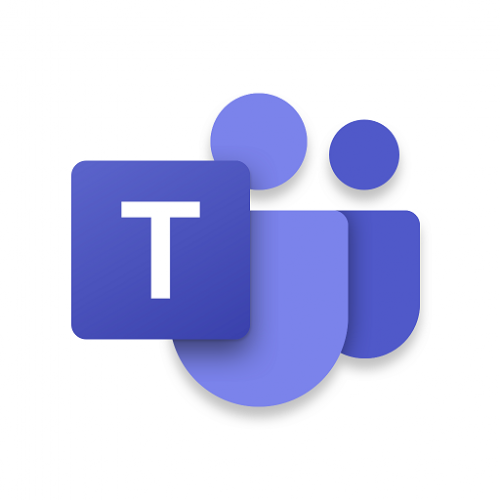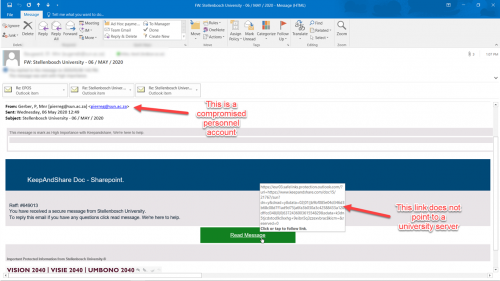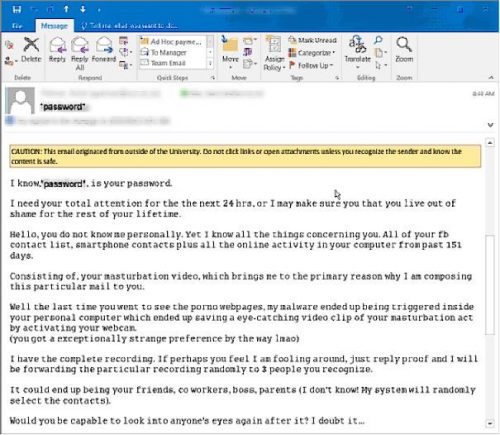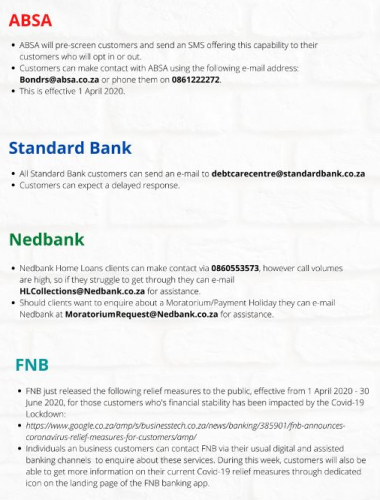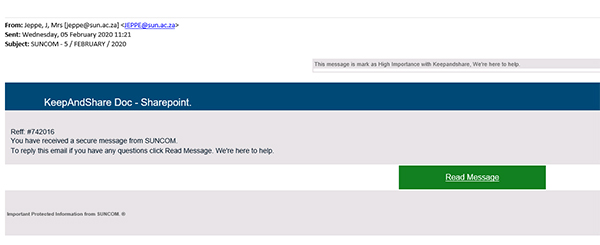[:en]
Over the past few weeks we’ve had to find new ways of connecting with people. Zoom has become the popular choice for anything from online exercise classes to quizzes. While it is perfectly fine for personal use, we do not recommend Zoom for your official meetings with colleagues or students. Although it’s simple to set up and free, there are multiple security risks.
Why take the risk if Microsoft Teams can do the same safely?
To help you make an informed decision we prepared a comparison table of Adobe Connect, Teams and Zoom. The comparison table shows the strengths and weaknesses of each product and the areas marked in red are serious weaknesses. Do not use a product if any area is marked red.
SUNStream is based on Adobe Connect and runs on a server on campus which is fully integrated with SUNLearn. It will be zero-rated to allow students to access the system without data costs. This is the preferred streaming platform for lecture use and is particularly suited for larger classed as it uses a very structured approach. Adobe Connect is also fully integrated with SUNLearn.
Teams has become the University standard for meetings and is also suitable for classes of up to 250 participants. Teams is not just a streaming service; it is an excellent collaboration platform. Teams has also been integrated into SUNLearn, allowing lecturers to use class groups within Teams. Unfortunately it will not be zero-rated soon, since it is running on the Microsoft commercial cloud.
* NB. If you record your meetings in teams, keep in mind that the recording will be available to everyone who attended the meeting – even if just for a short while as a guest. Don’t use your current meeting to continue a different meeting, for example with a smaller group. If you do this everyone who attended the initial meeting will be able to listen to your recording. Rather create a separate one. More on privacy and security in Microsoft Teams.
Zoom has become very popular largely due to its ease of use – but therein lies the risk: security and ease of use are on the opposites of the scale. Zoom places the burden on the users to protect themselves. Two South African ministers have found themselves in trouble when using Zoom, the latest being reported 6 May 2020 in a so-called “Zoombombing” incident. (also see below what “Zoombombing” is) The University regards Zoom as a risk, and will not support its use.
Also read security expert, Basie von Solms’, article on protecting your video calls on LitNet (unfortunately only available in Afrikaans) and Computerworld’s article on the do’s and don’ts of video conferencing security.
|
Zoombombing, Zoom-bombing or Zoom raiding[1] is the unwanted intrusion into a video conference call by an individual, causing disruption. The term became popularized in 2020, after the COVID-19 pandemic forced many people to stay at home and videoconferencing was used on a large scale by businesses, schools, and social groups. The term is associated with and derived from the name of the Zoom videoconferencing software program but it has also been used to refer to the phenomenon on other video conferencing platforms.[2][3][4] |
[:af]
Gedurende die afgelope paar weke moes die meeste van ons nuwe metodes kry om ons verbindings met ander mense te volhou, Zoom het die gewilde keuse geword vir enigiets van aanlyn oefenklasse tot vasvra-kompetisies. Alhoewel dit voldoende is vir persoonlike gebruik, beveel ons nie Zoom aan vir jou amptelike vergaderings met kollegas of studente nie. Ja, dis gratis en eenvoudig om op te stel, maar die sekuriteitsrisiko’s weeg swaarder as die voordele.
Hoekom die kans waag as jy dieselfde met Microsoft Teams kan doen?
Om jou te help om ʼn ingeligte besluit te neem, het ons ʼn vergelykende tabel opgetrek wat die voor-en nadele van Adobe Connect, Teams en Zoom aandui. Die vergelykende tabel dui die sterk- en swakpunte aan van elke produk. Die areas wat in rooi gemerk is, is ernstige swakplekke en die produk moet in daardie geval nie gebruik word nie.
SUNStream is gebaseer op Adobe Connect en loop op ʼn kampusbediener wat ten volle geïntegreer is met SUNLearn. Toegang is teen ʼn zero-tarief wat studente toegang tot die stelsel gee sonder enige datakostes. Dis die voorkeur stroom-platform vir lesings en is veral geskik vir groter klasse aangesien dit `n gestruktureerde benadering volg. Adobe Connect is daarbenewens ten volle geïntegreer met SUNLearn.
Teams het die Universiteit-standaard geword vir vergaderings en is ook geskik vir klasse van tot 250 deelnemers. Teams is nie net ʼn stroom-platform nie, dis ʼn uitstekende platform vir samewerking. Teams is ook geïntegreer met SUNLearn en laat dosente toe om klasgroepe te gebruik binne Teams. Ongelukkig sal dit nie binnekort teen ʼn zero-tarief beskikbaar wees nie aangesien dit op die kommersiële Microsoft-wolk is.
* NB. Indien jy vergaderings opneem in Teams, hou in gedagte dat die opname beskikbaar gestel word aan almal wat die vergadering bygewoon het – selfs net vir ʼn kort tydperk as ʼn gas. Moenie jou huidige vergadering gebruik om aan te gaan met ʼn volgende vergadering nie. Wanneer jy dit doen sal almal wat die oorspronklike vergadering bygewoon het steeds toegang hê tot die opname. Skep liewer ʼn nuwe sessie vir elke vergadering. Meer oor privaatheid en sekuriteit in Microsoft Teams.
Zoom is hoofsaaklik populêr weens sy gemak van gebruik – maar dit is die risiko: sekuriteit en gemak van gebruik lê aan teenoorgestelde pole. Zoom plaas die las op gebruikers om hulleself te beskerm. Onlangs het twee Suid-Afrikaanse ministers met rooi gesigte gesit toe hulle Zoom-vergadering ge”Zoombomb” is. (sien ook onder wat “Zoombombing” is) Die Universiteit beskou Zoom as `n risiko en sal nie die gebruik daarvan ondersteun nie.
Lees ook sekuriteitsdeskundige, Basie von Solms, se LitNet-artikel oor sekuriteit tydens video-oproepe en Computerworld se artikel oor die moets en moenies van videokonferensies.
|
Zoombombing, Zoom-bombing or Zoom raiding[1] is the unwanted intrusion into a video conference call by an individual, causing disruption. The term became popularized in 2020, after the COVID-19 pandemic forced many people to stay at home and videoconferencing was used on a large scale by businesses, schools, and social groups. The term is associated with and derived from the name of the Zoom videoconferencing software program but it has also been used to refer to the phenomenon on other video conferencing platforms.[2][3][4] |
[:]

